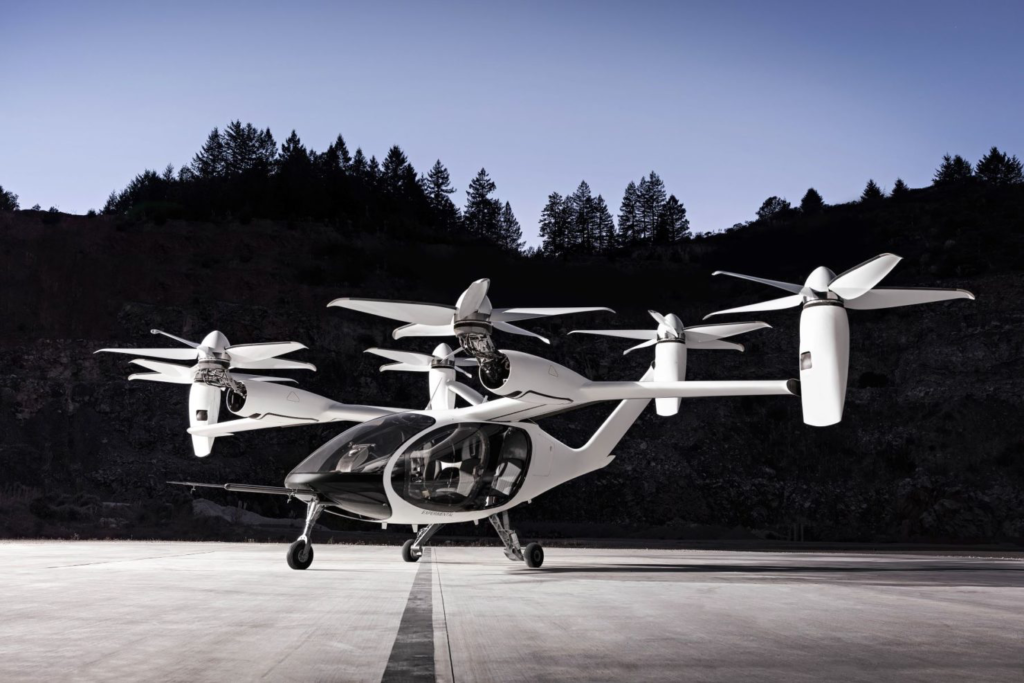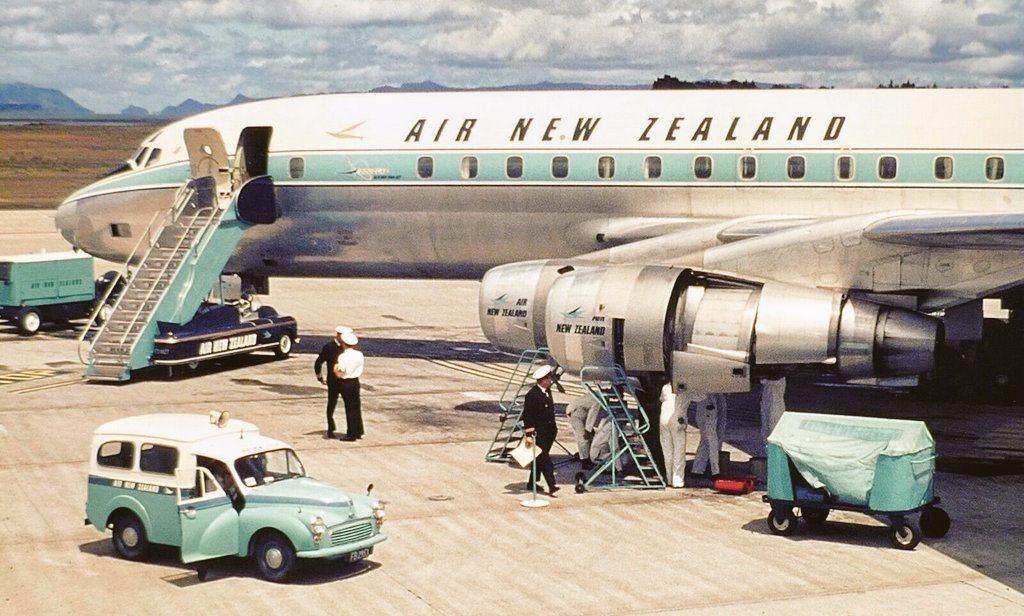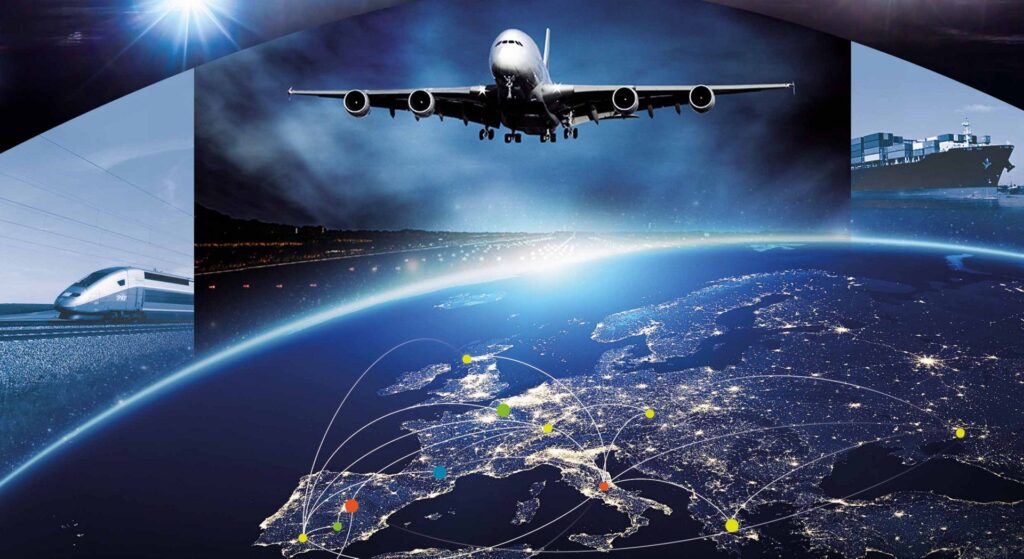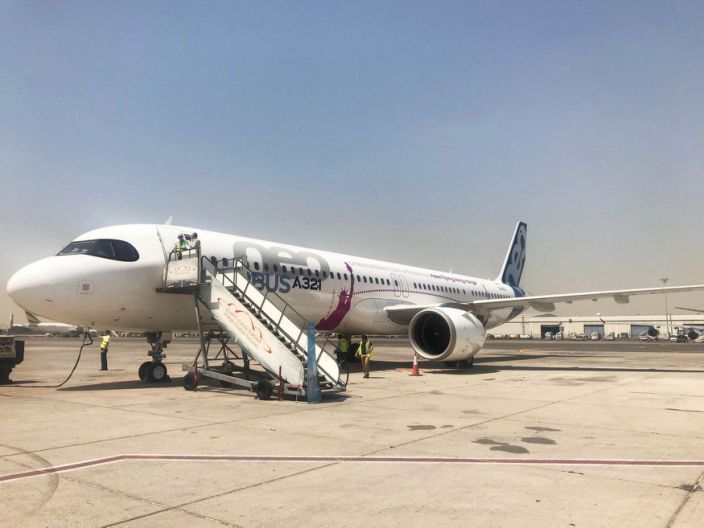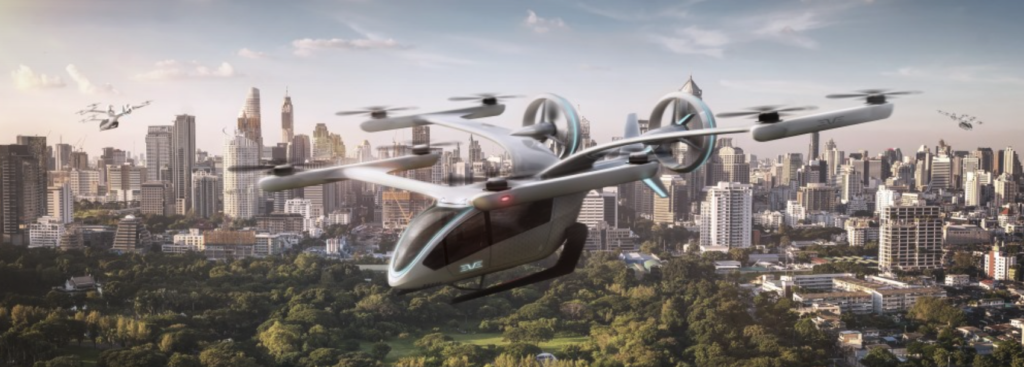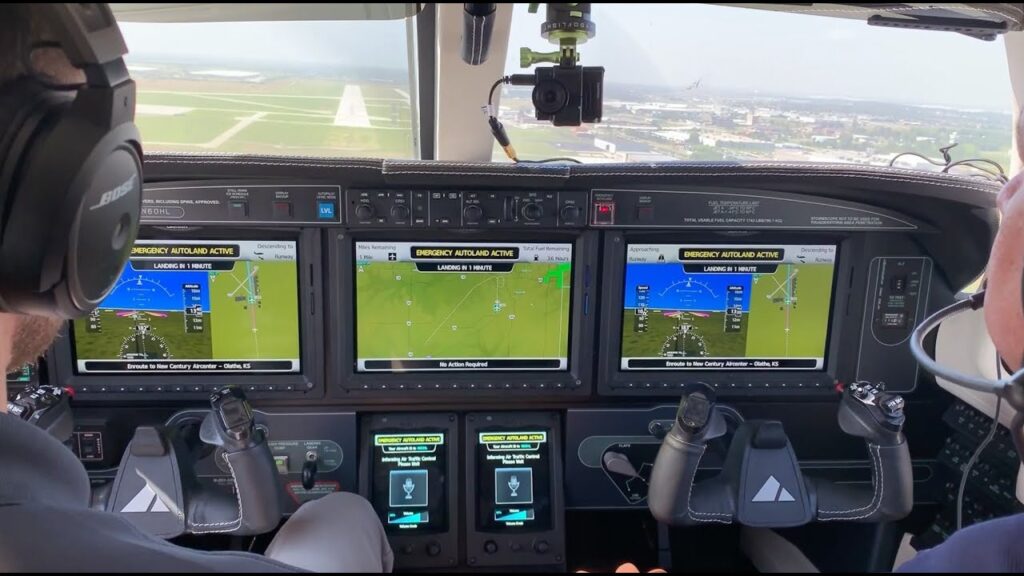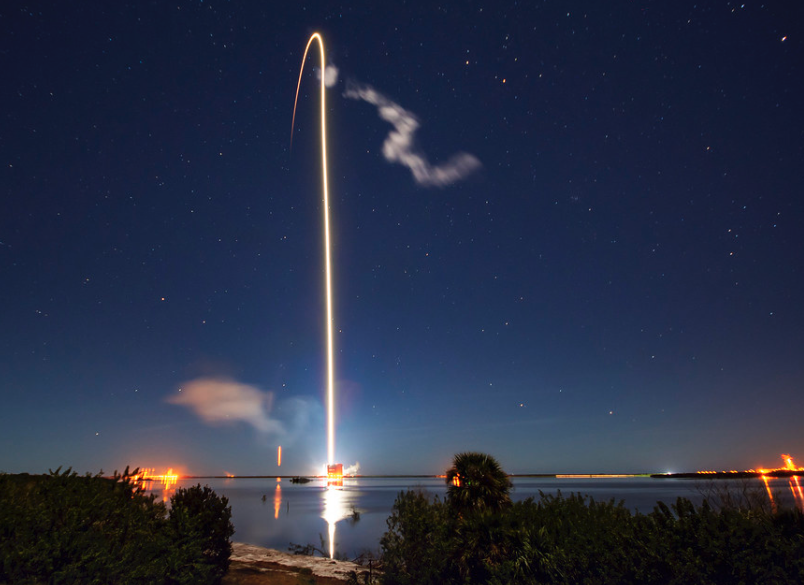Garmin G3000 Integrated Flight Deck Selected by Joby Aviation for eVTOL Aircraft
OLATHE, Kan./Feb. 10, 2020/Business Wire – Garmin® International, Inc., a unit of Garmin Ltd. (NASDAQ: GRMN), today announced a long-term agreement to provide the state-of-the-artGarmin G3000® integrated flight deck to Joby Aviation for their revolutionary all-electric vertical takeoff…
